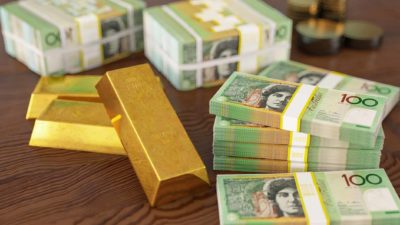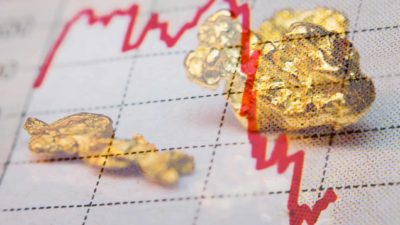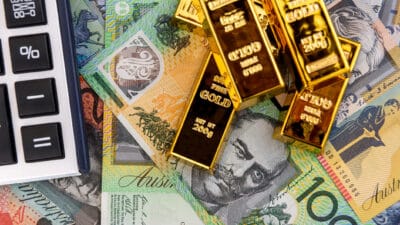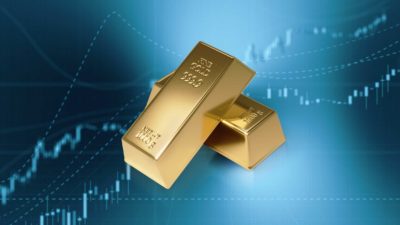With rising gold prices, ASX investor interest in owning gold as an investment is also on the rise. But owning physical gold bullion is a costly way of exposing an investment portfolio to gold. There's the hassle of buying and transporting one of the world's heaviest metals for one. Then there is safe storage to think about.
For these reasons, many investors prefer to own gold exchange-traded funds (ETFs), rather than the physical metal itself. ETFs charge fees, sure. But many investors prefer paying a small fee rather than dealing with the hassle of physical gold ownership. So if an investor wished to go down the ETF path, what options does the ASX provide?
What kinds of physical gold ETFs does the ASX offer?
Well, a popular choice is the Global X Physical Gold ETF (ASX: GOLD). This ETF represents ownership of physical gold bullion, which is stored on behalf of the fund in a London bank vault. The Global X Physical Gold ETF has close to $2.6 billion in assets under management, and charges a fee of 0.4% per annum for its services. That's $40 per year for every $10,000 invested.
Another option that this provider offers is the Global X Physical Precious Metals Basket ETF (ASX: ETPMPM). This fund is similar to the Physical Gold ETF, but also includes exposure to other precious metals in silver, platinum and palladium bullion.
But the Global X Physical Gold ETF isn't the only pureplay gold ETF on the ASX. Another option is Perth Mint Gold (ASX: PMGOLD). Perth Mint Gold is a fund run by the Perth Mint, itself a government-owned institution. This fund has just under $650 million in assets under management, with units of the fund available for direct conversion into Perth Mint bullion bars.
Due to its ownership by the Western Australian government, this ETF also offers a government guarantee on all holdings. It charges a management fee of 0.15% per annum, or $15 per year for every $10,000 invested.
Want hedging too?
A third option is the BetaShares Gold Bullion ETF (ASX: QAU).
This is the only gold ETF on the ASX that offers currency hedging, as well as exposure to gold. Gold, as a commodity, is usually priced in US dollars. This means that the above two funds' values can be impacted by movements in the US dollar against the Australian dollar, as well as by the price movements of gold itself.
The BetaShares Gold Bullion ETF takes this secondary factor out of the equation, ensuring that currency impacts are theoretically nullified.
The BetaShares Gold Bullion ETF has just over $435 million in assets under management on the latest numbers. This ETF's gold holdings are also backed by physical gold bullion, held in a London vault. Likely due to the costs of providing hedging, this ETF's management fee stands at 0.59% per annum, or $59 a year for every $10,000 invested.








